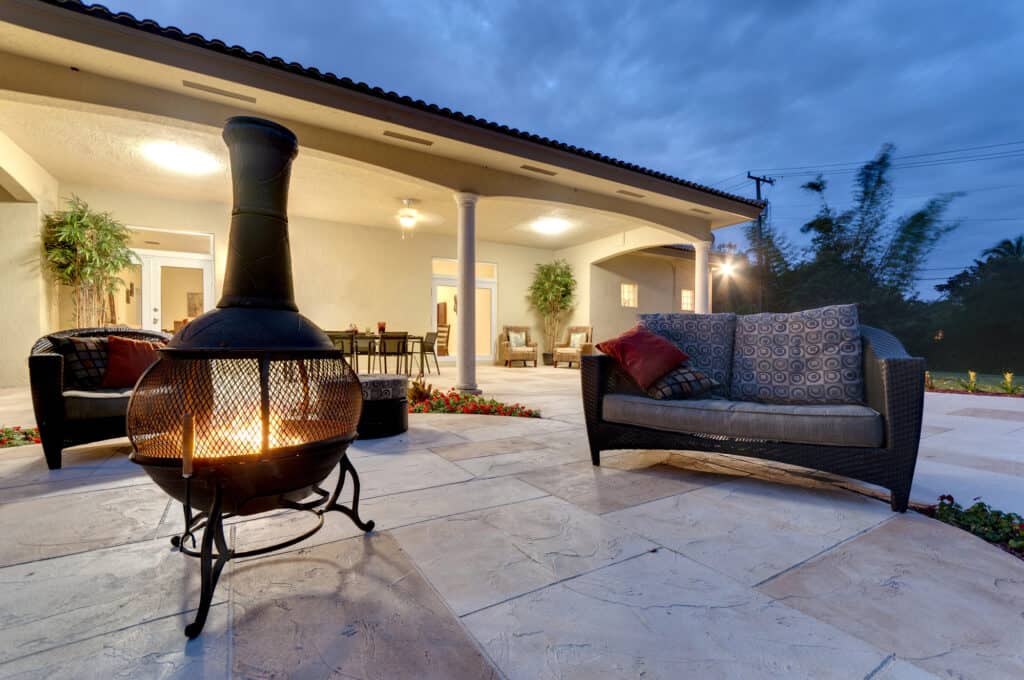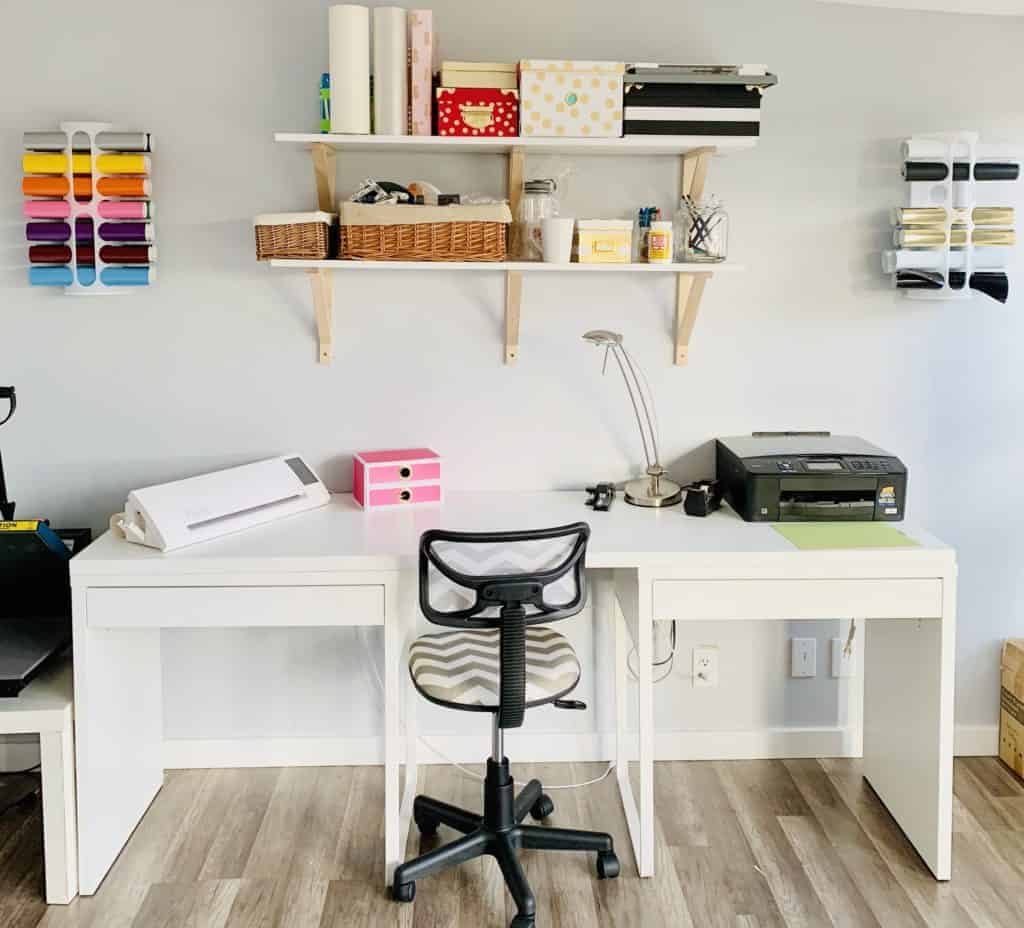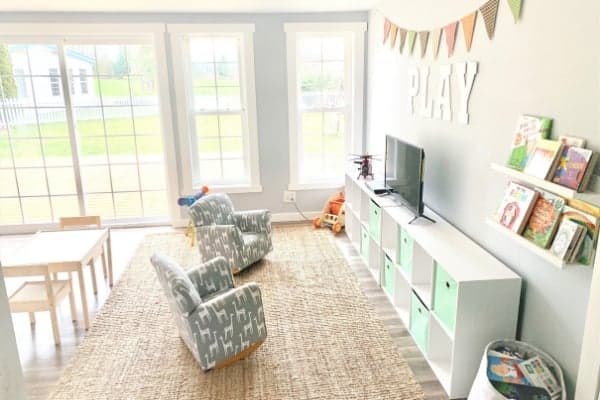A well-designed patio complements your landscape by enhancing the natural beauty of the surroundings, offering a seamless transition between indoor and outdoor living spaces. It involves selecting materials, layouts, and elements that harmonize with the overall aesthetic of your property.
Creating a harmonious and aesthetically pleasing outdoor space requires thoughtful design and attention to detail. Your patio can become more than just a functional area—it can be an elegant extension of your landscape and architecture. Designing a patio that complements your environment requires considering several factors, including available space, materials, color palettes, and the plants already there.
Regarding outdoor living spaces, a patio that complements your landscape aesthetic can transform your property into a sanctuary of relaxation and beauty. It serves as a connector between your home and the natural environment, creating a space that is both inviting and pleasing to the eye. The key is to ensure that every element of your patio resonates with the natural surroundings, resulting in a cohesive and unified look.
Understanding Your Landscape
The first step in designing a patio that complements your landscape is understanding the existing environment. Every landscape has unique features— a rolling garden, a wooded backyard, or a sun-drenched urban space. Take the time to assess the area where you plan to construct your patios. Consider aspects such as sunlight patterns, wind directions, and any natural elements like trees or water features that could enhance or impact your design choices. This understanding will guide you in making informed decisions regarding the patio’s shape, size, and positioning.
Choosing the Right Materials
The way your patio blends in with the surroundings and the design and feel of the room can be greatly influenced by the materials you choose. Stone, brick, wood, and concrete are popular choices, offering distinct characteristics that enhance your patio’s design. Natural stone, for instance, can provide a rustic and organic appeal, seamlessly blending with various landscapes. Alternatively, a sleek concrete patio may align more with modern aesthetics, creating a striking contrast against lush greenery.
It’s also essential to consider coordinating elements such as retaining walls. Retaining walls not only add an element of intrigue but can also help structure your space by creating levels or terraces that complement the natural topography of your property. When choosing materials, consider durability and maintenance needs about your local climate and how each option can enhance the beauty of the landscape.
Integrating Natural Elements
Natural elements play a vital role in offering a balanced and harmonious design. Incorporating greenery through plantings, whether potted or directly in the ground, adds life and color to your patio. Selecting native plants and trees enhances the ecological balance and ensures your landscape thrives with minimal maintenance.
When integrating natural elements, consider the transition between different areas of your landscape. Use planters, flowerbeds, or even water features to create fluid connections between the patio and its surrounding environment. These elements tie together separate spaces, crafting a unified aesthetic throughout your property.
Creating Functional Spaces
While aesthetics are essential, functionality should not be overlooked. A well-planned patio offers separate dining, relaxing, and entertaining spaces, among other uses. The layout should facilitate ease of movement while offering enough space for seating, cooking, and any additional features you wish to include.
Consider your primary goals for the patio, whether relaxation, dining, or social gatherings, and design the layout accordingly. Think about how elements will be used, such as a dining table near the kitchen access point or a seating area positioned to catch the afternoon sun.
Considering Color and Texture
Color and texture can elevate a patio design by adding depth and interest. The shades you choose should complement those already present in your landscape, blending with or enhancing the natural palette. Earthy tones like stone or wood often reflect the environment, while bold furniture or decoration colors can add fun and drama.
The textures of chosen materials contribute to the overall sensory experience of the space. Rough, textured stones can provide visual contrast against smooth wooden surfaces, while vibrant greens of plant leaves create harmony with both.
Incorporating Architectural Elements
Architectural elements such as pergolas, trellises, and gazebos enhance your patio’s functionality and aesthetics. These structures provide shade, create focal points, and can support climbing plants, further integrating your patio with its natural surroundings. The style you choose should complement the design of your home and landscape, serving as both a functional and decorative addition.
Incorporating architectural elements adds dimension to your patio, offering both vertical interest and practical benefits. These structures can also define spaces, making them ideal for creating cozy nooks or outdoor rooms within the broader landscape. Use them to guide the design flow and provide continuity throughout your patio area.
Lighting and Ambiance
The proper lighting transforms a patio from day to night, enhancing its use and ambiance. Consider combining task lighting for practicality, accent lighting for highlighting features, and ambient lighting to set the mood. String lights, lanterns, and path lights create a warm, inviting atmosphere and ensure your patio remains functional after sunset.
Lighting can also emphasize specific design elements, drawing attention to architectural features or natural plants. Solar-powered options are environmentally friendly and relatively easy to install. With creative lighting solutions, you can redefine your patio space, using light to shape experience and mood.
Maintenance and Sustainability
Sustainability is an essential consideration in modern patio design. Opting for environmentally friendly materials and practices reduces your ecological footprint and decreases maintenance demands. Choose weather-resistant materials that require minimal upkeep while complementing your landscape aesthetic.
A sustainable design might benefit from features like drought-resistant plants or rainwater harvesting systems. These choices ensure your patio remains beautiful and functional for years, with less ongoing effort and resource consumption.
Conclusion
Designing a patio that complements your landscape aesthetic involves a thoughtful blend of materials, functionality, and personal style. By understanding your landscape and thoughtfully incorporating natural, architectural, and design elements, you create a space that resonates with beauty and utility. The perfect patio bridges indoor and outdoor living, reflecting your home’s character while enhancing its outdoor appeal.
As you create your dream patio, let harmony be your guiding principle. When every aspect—color, texture, function, or lighting—resonates with your existing landscape, the resulting space will be visually appealing and serve as a cherished retreat for years to come.





